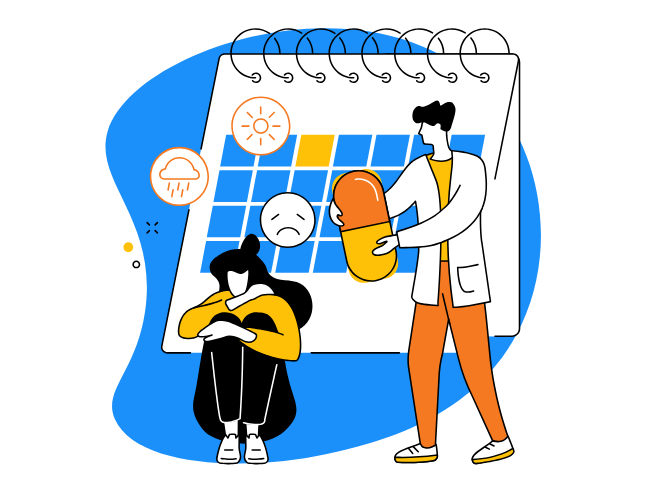What type of ongoing involvement should the HR team have during a wellness program?
Prior to the launch of a wellness program, the HR team’s role is generally pretty clear – help source, diligence, and (sometimes with the help of a vendor or consultant) implement a wellness program. After a wellness programs starts, the HR team’s role is often less clear. We generally suggest the following to human resources teams: advocate don’t administrate.
An internal wellness advocate is crucial to a successful wellness program. The wellness advocate can be the eyes and ears of the wellness vendor. Since the wellness advocate is on the ground and within the four walls of the organization, he or she can be helpful in assessing the success of the program and fine-tuning the program to optimize engagement. Are employees complaining about the program? Was the wellness program launch simple and easy to understand? The wellness advocate will likely know the answer to these questions before the wellness vendor does.
The advocate can help promote the wellness program internally. This doesn’t mean standing on top of a soapbox preaching the benefits of wellness, rather helping facilitate communication and logistics for the vendor. For example, each month we provide our clients with a wellness fact flyer – a one page flyer that has an interesting wellness fact. We ask our wellness advocate to place the flyer in a common space so that other employees will be reminded about the program.
The wellness advocate is also crucial in helping ensure that the senior leadership is supportive of the wellness program. The advocate can encourage senior leaders to participate in the program and convey the importance of wellness to their respective teams.
The advocate is different from the program administrator. While the advocate must be an employee, the program administrator should be the wellness vendor. The program administrator does the heavy lifting. The administrator is responsible for all ongoing logistics and program support. The administrator onboards new employees, answers technology questions, writes and sends employee communication, manages the incentives, and produces management and engagement reporting and program analytics. Letting the wellness vendor act as the program administrator allows the Human Resources team to focus on their day jobs and not spend time and resources managing wellness program minutia.
Differentiating between advocate and administrator roles is important. HR teams sometimes believe they will be required to play the role of administrator and are thus turned off by the idea of taking on an additional time-consuming and resource intensive role – this is simply not the case. If your wellness vendor wants you to be the wellness administrator, than it’s likely time to find a new vendor.












